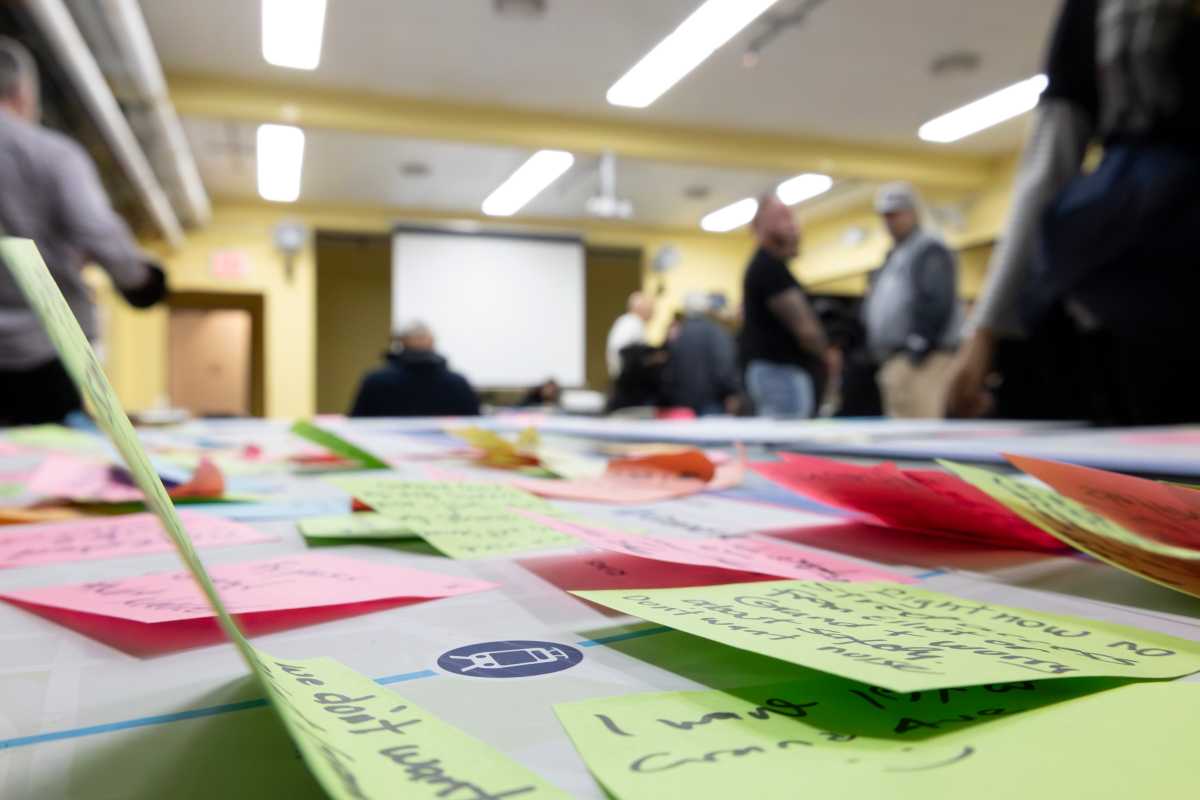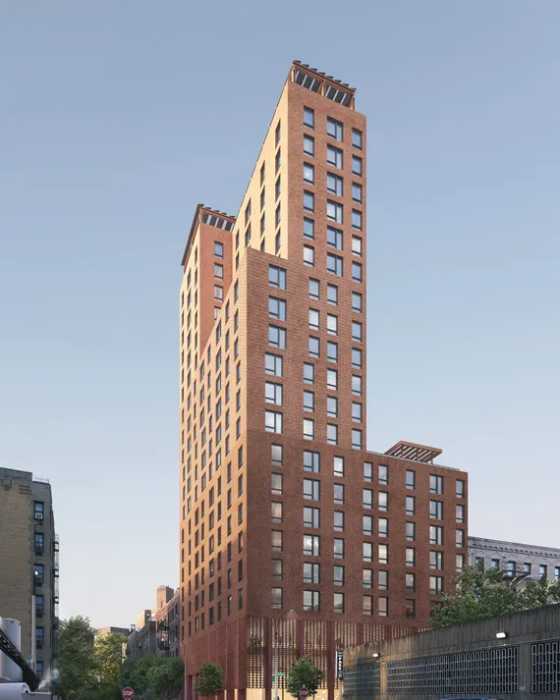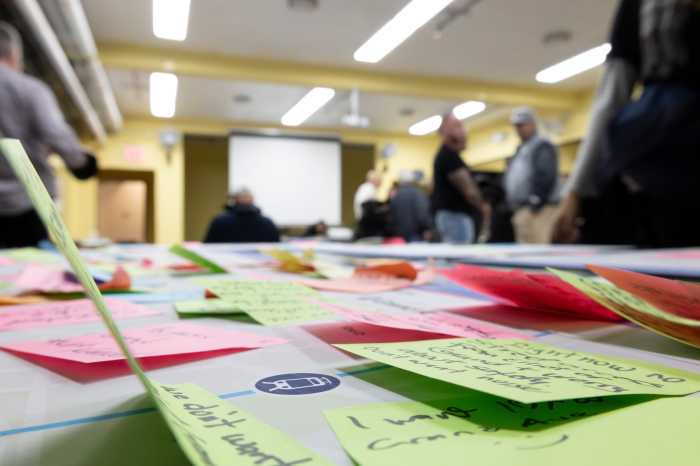City officials plan to launch a public dashboard later this year that will display the flight paths and mission details of NYPD drones, as part of a broader effort to expand the city’s drone program and address concerns around transparency and surveillance.
Deputy Mayor for Public Safety Kaz Daughtry said in an interview Thursday that the dashboard, modeled after a similar system in Chula Vista, CA, will allow residents to search recent drone deployments by location and call type. While there is no official release date, Daughtry said he hopes to launch it before the end of the year.
“I’m shooting for this year, as soon as possible,” he said.
In another transparency measure, police drones will soon be outfitted with flashing red and blue emergency lights to clearly identify them as law enforcement equipment. The move is designed to assure the public that drones in the sky are being operated officially.
“We’re in the process of developing that so that people know when they see a drone up in the air, they know that it’s an emergency drone and not like a recreational one,” Daughtry said.
The updates are part of what Daughtry is calling Phase 2 of the NYPD drone program, which includes expanding the department’s “drones as first responders” initiative to more precincts in Brooklyn, Queens, and the Bronx. The NYPD launched the program in November, becoming the first police department in the country authorized by the Federal Aviation Administration to remotely launch drones from precinct rooftops.
“We’re moving to the second phase in the Police Department, where we’re going to have additional precincts that are going to have two drones on top of them,” Daughtry said, adding that several precincts have been identified already but officials are in the process of working with the FAA to to ensure that drones do not interfere with commercial air traffic routes and approach zones.
The NYPD deployed drones 3,407 times during the first quarter of this year, with the vast majority, 2,408 flights, used as first responders to emergency incidents, according to a department report. More than half of those first responder deployments, 1,308 in total, occurred in Brooklyn. Other common uses citywide included monitoring public safety emergencies with 331 flights, and search and rescue operations, which made up 30, and documenting collisions and crimes scenes (43).
The drones, which stream live video to responding officers, have assisted in several arrests. Daughtry cited a recent case in Brooklyn’s 67th Precinct where a drone helped apprehend a stabbing suspect after tracking him from the air.
“The person was wearing a red shirt and blue jeans, and white sneakers,” he said. “The drones were able to spot the individual… and give exact locations from about an altitude of 350 feet.”
The drone followed the suspect as he entered a grocery store and then attempted to flee. Officers intercepted him outside and arrested him on an attempted murder charge. The weapon was recovered at the scene, Daughtry said.
All drone pilots must be FAA Part 107 certified, then complete NYPD-specific training. Daughtry is now working to unify training citywide across agencies like FDNY, OEM, Parks, and DOB, so “everybody’s going to be trained and certified as one city.”

While civil liberties groups have raised privacy concerns about the use of drones in public spaces, Daughtry defended the program, noting the same legal standards apply as with helicopters or street surveillance cameras.
“What expectation of privacy do you have in a public place?” he said. “What is the expectation of privacy at a park? What is the expectation of privacy at a beach?”
Daughtry, who oversees drone implementation across multiple city agencies, emphasized that the program isn’t limited to law enforcement. This summer, drones equipped with flotation devices will patrol beaches and assist in water rescues—a concept he said was inspired by watching television with his daughter.
“She was nine at the time,” he said. “I told her, ‘Daddy’s gonna think of a way we can maybe hook up the life raft to the drone, and we can drop the life raft to somebody that needs help.’”
After discovering similar technology being used in Australia, the city imported drones capable of dropping restubes. He said over 500 trials and four rescues were carried out last summer using the devices, and they are ready for deployment again this year.
“I don’t want to drop any of them this year,” Daughtry said, adding he hopes the devices are available but unused.
The drones are operated in coordination by the NYPD, FDNY, and the Office of Emergency Management. They can hover over distressed swimmers, issue audio instructions, and release flotation aids until lifeguards or emergency crews arrive.
Daughtry is also hoping to expand the FDNY’s fleet of drones, and other departments may join the drone effort. Daughtry confirmed that the Department of Sanitation is still exploring drone use to enforce new trash laws, but no firm plans or announcements have been made.
“We’re still working that out,” he said.





































